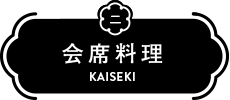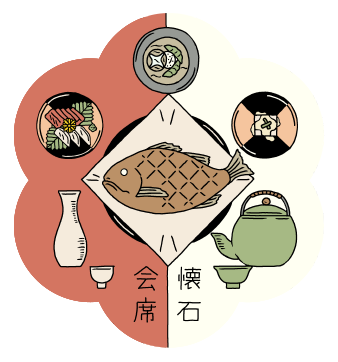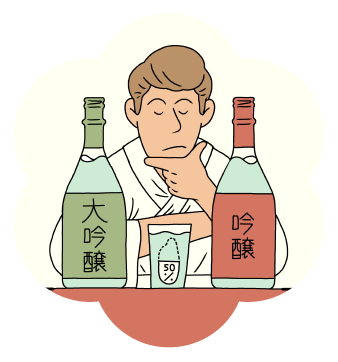会席料理
Sake Kaiseki
懐石料理
Tea Kaiseki








Sake Kaiseki


Tea Kaiseki



What kind of Kaiseki cuisine do KAI Ryokans offer?





What kind of Kaiseki cuisine do KAI Ryokans offer?


Sake Kaiseki
懐石料理は、もともとは茶の湯の際に、お茶の前に懐を温める(お腹に食事を入れる)ための料理。一方、界で提供するのは、会席料理。親しい人とお酒や旬の食材を活かした食事を楽しむことが一番の目的です。
There are two types of Kaiseki cuisine in Japan, and both focus on multi-course meals, but one style is meant to pair with tea while the other is meant to pair well with traditional sake. At KAI we offer the latter, and our goal is to provide a dining experience where you can enjoy a refined meal paired beautifully with Japanese sake.




Place it upside down


Place it right side down



If I am given a bowl with a lid, where do I put it?




If I am given a bowl with a lid, where do I put it?


Place it upside down
お吸い物などの蓋は、椀の上でしずくを切った後、逆さにして右手に置くとスマートです。食べ終わったら元に戻しますが、その際は蓋を逆さにして椀に置くと漆器が傷むことがあるので、元通りに置くのがマナーです。
After taking the lid off of the bowl, it is correct manners to place it upside down to the right of your place setting. When you are finished, return the lid to the bowl right side up this time, as putting the lid upside down on the bowl could scratch the delicate patterns on the lid.




Daijingo sake


Ginjo Sake



Which sake is made from the most refined rice?




Which sake is made from the most refined rice?


Daijingo sake
日本酒は、原料の玄米を削る割合によって味や香りが変わってきます。50%以上なら「大吟醸酒」、40%以上は「吟醸酒」、30%以上は「本醸造酒」、米とこうじ米だけを原料にしたものは「純米酒」。会席料理と一緒にどうぞ。
Japanese sake varies in taste and aroma depending on the rice polishing ratio of the alcohol. Sake with over a 50% polishing ratio is called "Daijingo", over 40% "Ginjo", and 30% or below "Honjozo". Pure sake made only from rice and fermented rice is called "Junmai". Please enjoy your favorite sake together with the Kaiseki cuisine.